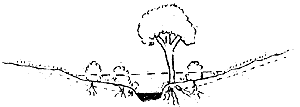
Figure 1. Willow revetment construction.

 Figure 1. Willow revetment construction. |
|
|
|
 Figure 2. Willow sprig planting. Sprigs 2 1/2 to 3 ft. in length, 3/4 in. diameter, trim all branches. |
 The energy of flood flows dissipates over the flood plain. The sediment deposited fertilizes pastures. Vegetation stabilizes the stream bank and maintains a high water table.  Floods are largely contained by the channel which must erode to accommodate the force. The water table lowers. Figure 3. The effect of downcutting and widening of a stream channel on flood flows, the water table, and vegetation. |
|

The Trust |
Current Projects |
Newsletter Contents |
Notecards | Cookbooks | Send |
Bodega Land Trust
P.O. Box 254, Bodega, CA. 94922
call (707) 876 3422 or (707) 876 3215 for info.
member: Land Trust Alliance
design and HTML by
webservices@bodeganet.com